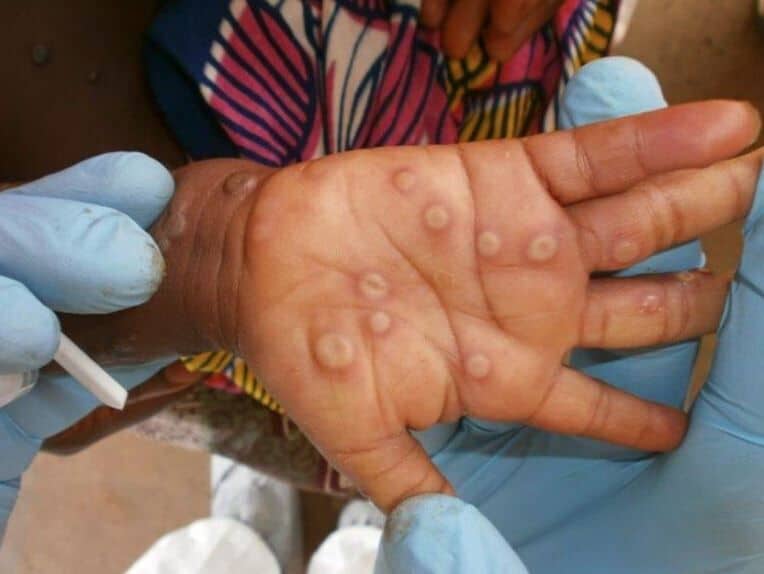The man’s GP referred him to hospital with symptoms clinically compatible with monkeypox, whereby urgent tested is recommended.
“The man is currently being cared for in hospital,” NSW Health said in a statement.
“He lives alone and investigations to date have identified no high-risk contacts in NSW who are required to isolate.
“Several people who had other lower-level contact with the case are being contacted to advise to monitor for symptoms.”
NSW Health classifies monkeypox as a rare viral infection associated with travel from Central or West Africa and does not spread dissimilarly to COVID-19.
Monkeypox is endemic to parts of Africa, although the World Health Organization (WHO) has reported a spike in cases in non-endemic countries since the start of May.
NSW Health has identified a new case of monkeypox in a NSW resident who recently returned from Queensland.
Full details can be read on our website: https://t.co/ellweihRsx pic.twitter.com/klrJPBXbaK
— NSW Health (@NSWHealth) June 2, 2022

“We will continue to work with GPs, hospitals and sexual health services across the state to provide advice on diagnosis and referral.”
Symptoms are reported to begin 7-14 days after initial exposure, and include fever, headaches, aching muscles, backache, swollen lymph nodes, chills, and exhaustion.
The patient can then develop a rash (usually after three days) that begins as sores in the mouth or on the face, before developing into lesions signified as a red rash.
The rash can then develop into pustules which crust and fall off.
In most recorded cases internationally, the rash has first appeared in the genital area.
NSW Health is working in conjunction with Queensland Health to rapidly identify any potential transmission incidents.






